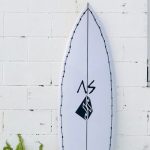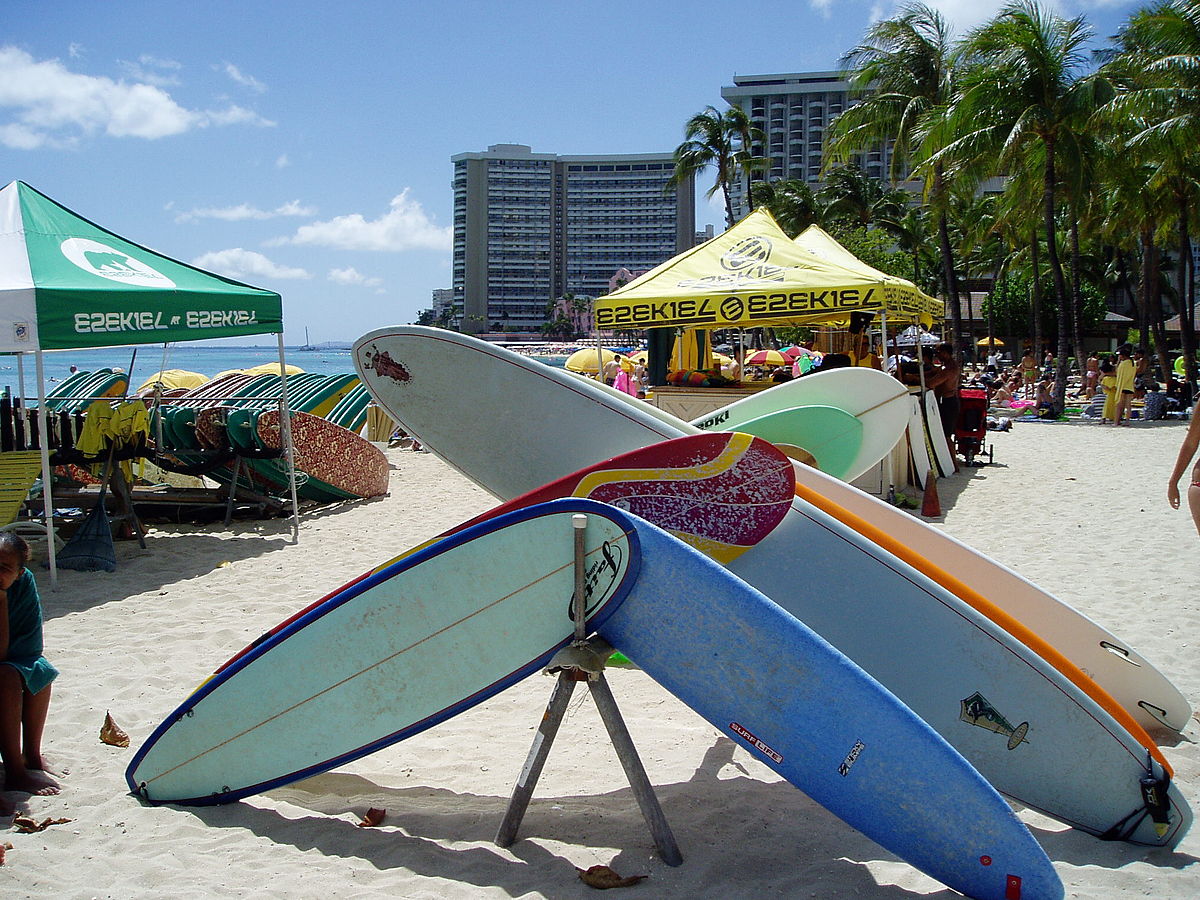Table of Contents
Which rocker shape is the best for you?
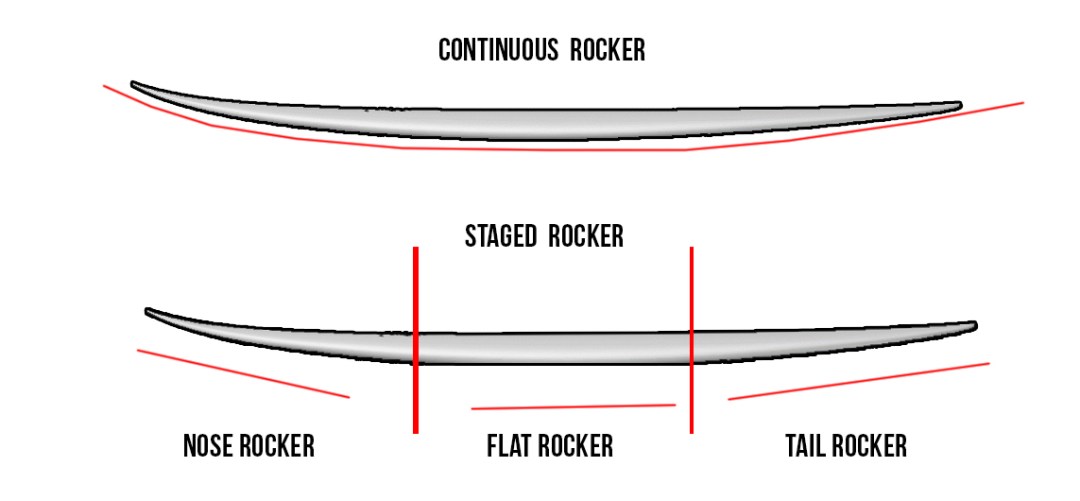
The very way the surfboard is constructed affects how you deal with different types of waves.
If you put the item on a flat surface and look at it from the side, you will see that the surf has a curved profile. This bend is called a rocker.
The rocker is often not given importance when buying a surfboard but this is one of the most important elements the slightest change of which can radically change the behavior of the board on the waves.
Artisans begin to shape the surfboard precisely from the rocker, and only after that, they proceed to shape the bottom, rails, decks, and other elements.
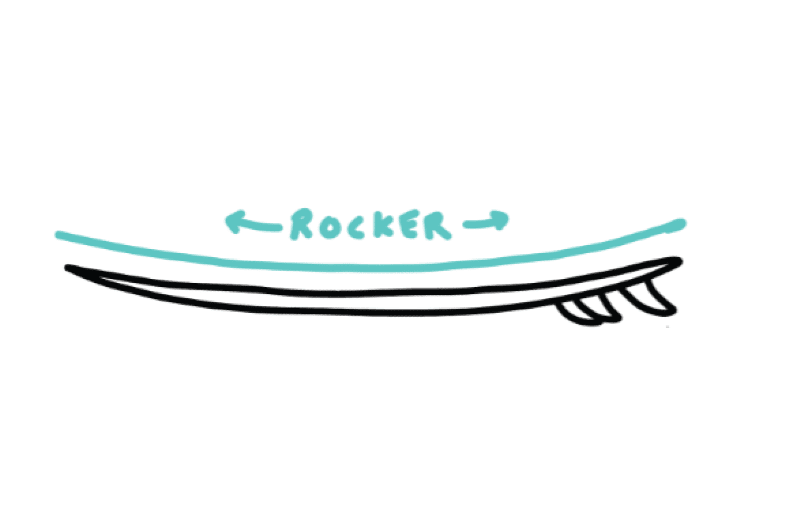
A rocker is a part of the design solution and, at the same time, it plays an important part in the performance of your surfboard on the waves.
The rocker is the lower part of the board bend which is located from the nose to the tail. This curved line can be located in the profile and it may be seen from a side angle.
The smaller the bending the board has, the smoother it will be on the waves.
A surfboard with a fairly flat rocker will be for its most part, in the water while riding the waves and this way, the board will provide much more stability.
But there are also disadvantages because this equipment that is completely lying on the water becomes less maneuverable than a board with a large rocker.
The reverse side of the coin is that the surfboard with a large rocker has a larger bend while the smaller surface of the board lies on the wave.
Thereby, increasing the maneuverability of the surfboard makes such boards suitable for more experienced surfers riding the waves of different sizes.
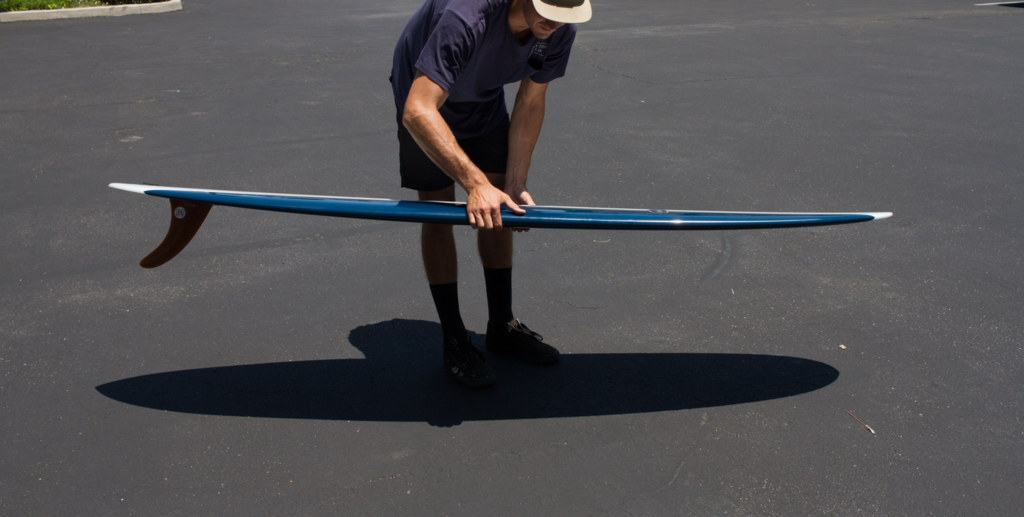
The main task of the rockers is to choose the right area for the surface of the board according to the curved arc of the wave.
Thus, the wave face ideally coincides with the face of the rockers.
From this, it is obvious how much the curve influences your ability to turn or the threaded ability of the surfboard.
For example, shortboards have large deviations in the corners of the rocker so that turns are obtained with the smallest radius.
This helps the surfboard to be as productive as possible and improve your surfing the hard waves. Such rockers are especially well-suited for use on hollow or steep waves.
The smaller the rocker, the more flat the surfboard is, and therefore, the sensitive part of it touches the water while moving along the wave.
Such a surfboard is more stable on the waves but less agile.
A large rocker gives the board the maneuverability that an advanced surfer needs but newcomers will be completely lost.
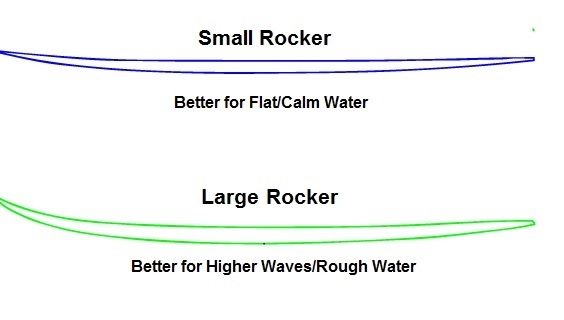
So, the surfboards with a smaller rocker will hold most of the surface of the board above the surface of the water.
Holding, with the help of the rocker, the large area of the board above the water allows you to develop a fairly high speed both when rowing and when surfing on the waves.
This fact makes the contrast to the surfboards with a large rocker. Such boards allow you to hold a smaller part of the surface of the item above the water.
Naturally, these surfboards have a lower speed on the waves and they do not pick it up too quickly.
It is noteworthy that longboards usually have a short rocker. This is due to the characteristics of the board itself which is designed for easy fishing of waves and free-riding on the water.
Typically, such longboards have a built-in rocker which is smaller than in shortboards. For longboards, a low rocker will be appreciated if you ride on soft waves.
Such a board will be slow for steep and fast waves so that your surfing becomes controlled.

The rocker is divided between the nose and tail parts since these two values affect the behavior of the surfboard differently.
So a small, almost flat, bow rocker gives the equipment greater buoyancy and ease when rowing on the waves but slows it down in turns. A steep tail rocker helps to make sharp turns but worsens speed characteristics.
Nose Rocker
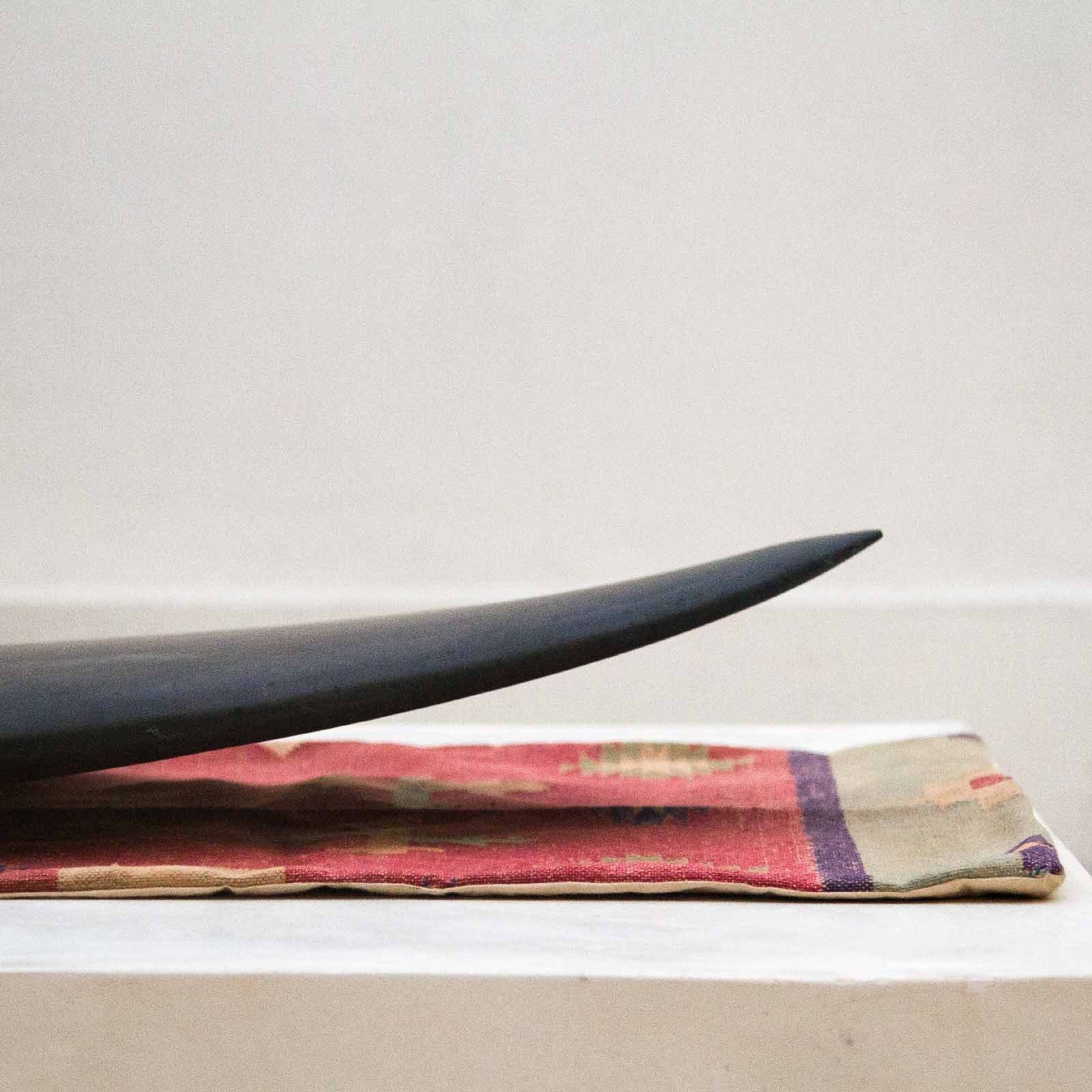
This is the curvature in the front of the surfboard, roughly speaking, the way its nose is pulled up on the waves.
The larger this value is, the less likely it is that the nose of the surfboard will burrow into the water at the start and that the surfer will tumble down the wave.
Boards for large and sharp waves usually have a more curved nose. The surfboards with such a part are curved in the bow of the item.
This design can be compared with the front of the boat. Thanks to its structure, the boat does not dive in the water and moves along the waves smoothly, without scooping up the water.
This feature on the nose helps to hold the surfboard in various situations.
Even if the surfer falls into the water, the surf will remain in its usual position on the wave. However, in the opposite case, the nose of the surfboard may sink into the water very fast.
A strong nose rocker is usually associated with big wave surfboards. A larger bend in the bow of the surf allows it not to get buried in the water when starting from unexpected waves.
Tail Rocker
As you might have guessed, this is the bend at the rear of the surfboard.
Again, the greater this bend, the more maneuverable the surfboard is on the waves. You won’t be mistaken if you draw an analogy with a skateboard to understand how it works.
The bottom tail curve is for kicking the waves. In this way, the more the tail bends, the easier it is to control the back of the surfboard.
This can become a weakness of the board when changing direction or when making maneuvers. Also, a blow to the tail is justified because, when lifting the tail, the nose does not fall as it happens with a straight tail.
The sharper this tail feature is, the more maneuverable the surfboard becomes. The raised tail provides greater sensitivity of the rear part of the surfboard to the movements of the surfer during sharp turns.
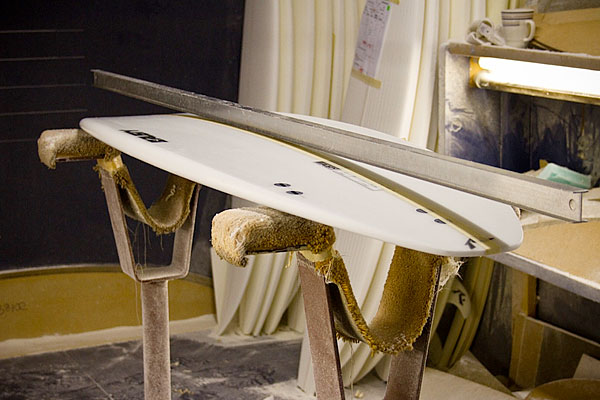
Some modern surfboards have a rocker in the center of the board.
Bending the center of the board affects speed. A smaller feature leads to increased planing speed on small waves as well as to the easier rowing on the waves.
When riding on large waves, they often use a larger bend in the middle which helps at the start and improves control.
Sometimes, such surfboards with a central rocker are classified as hybrid ones because they do not fit into the same row with the classic types of rockers.
The rocker in the central part increases stability on the waves and allows you to control the trip on large and powerful waves as much as possible.

The contour, rocker, and bottom shape are the most important elements of a surfboard. Together, they determine its performance.
But the rocker is the most important component. It does not matter what it looks like on your surfboard – if there is no rocker, the board will not move.
The magic lies precisely in the rocker. Therefore, when choosing a surfboard, you need to know the types of rockers and which one you need.
If you are not sure, it will be better to consult with the shaper or choose a store with professional personnel.
It should be remembered that a surfboard with a large rocker on the tail gives you maximum control but you pay for it with speed.
And the smaller the rocker on the tail is, the easier it will be to align the surfboard and make it faster.


